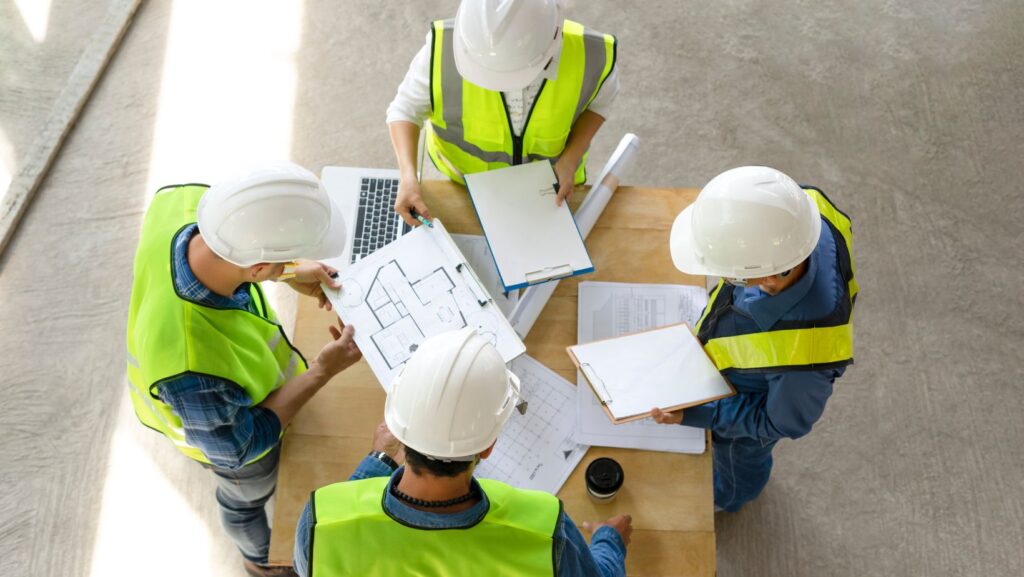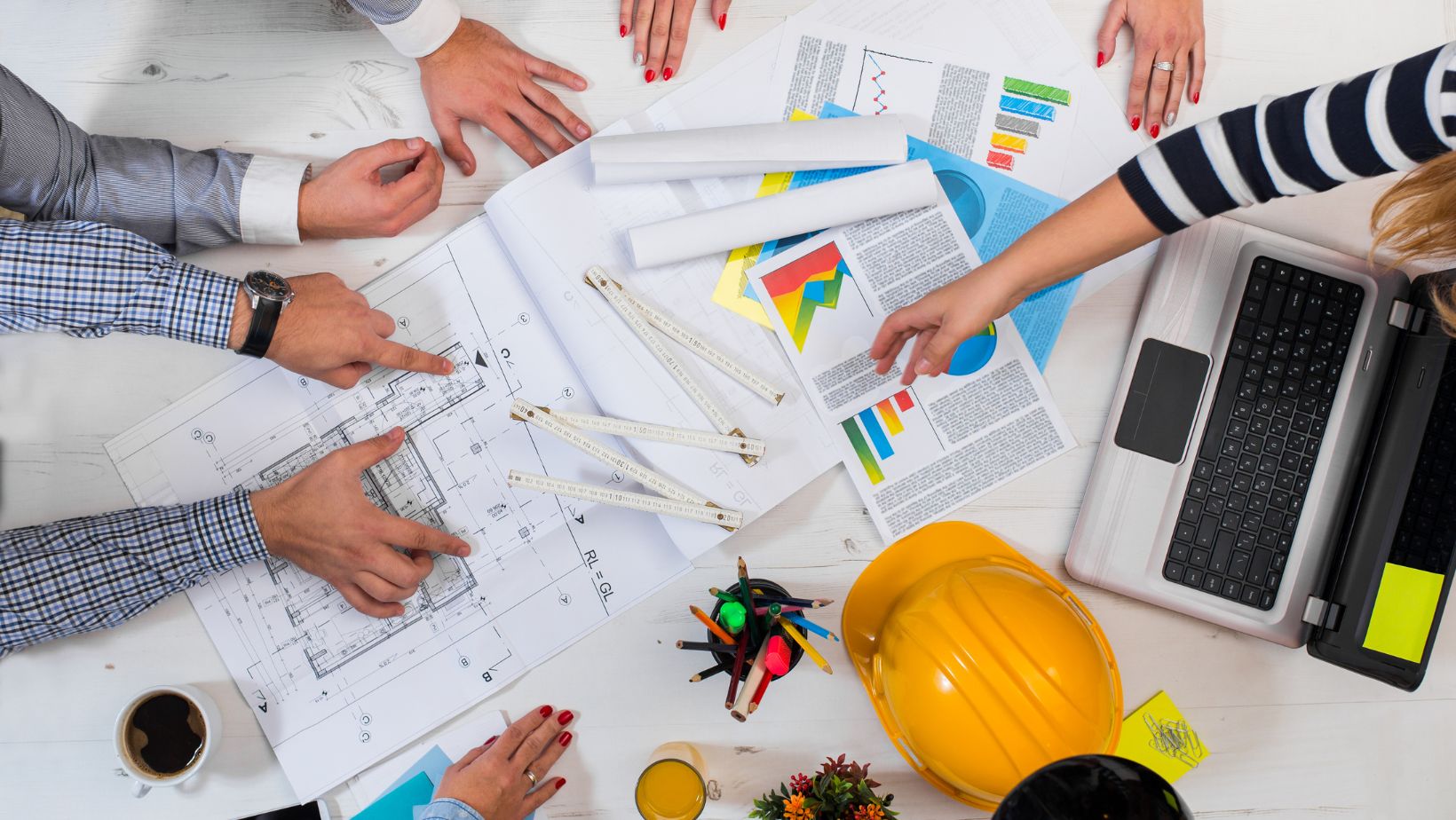Whether you’re renovating your home, adding a new structure, or working on a major landscaping project, construction can have unexpected effects on your property. While most people focus on the final outcome, they often overlook the potential risks to underground utilities, soil stability, drainage, and neighboring properties. Understanding these impacts and taking steps to mitigate them can help you avoid costly issues. One key approach, especially when working near buried utilities, is using Hydro Excavation Auckland to safely expose sensitive areas without causing damage. Let’s explore the most common problems construction projects can create and how to prevent them.
1. Damage to Underground Utilities
One of the most common issues during construction is accidentally damaging underground utilities like water lines, gas pipes, and electrical cables. Hitting these utilities can result in power outages, flooding, gas leaks, and expensive repairs.
How to avoid utility damage:
- Locate utilities before digging: Contact your local utility service to mark the location of underground utilities.
- Use hydro excavation: Hydro excavation is a non-invasive digging method that uses high-pressure water to break up soil and a vacuum system to safely expose pipes and cables without damaging them. This precision makes it ideal for projects involving dense utility networks.
- Mark the areas: Clearly mark where utilities are located to prevent workers from accidentally digging in those zones.
Taking these precautions will ensure that you avoid interruptions and safety hazards during construction.
2. Soil Erosion and Instability
Construction projects often involve disturbing the soil, which can lead to erosion and instability. Improper grading or heavy equipment use can result in the displacement of topsoil, making the area prone to landslides or sinkholes.
This can compromise the structural integrity of nearby buildings and cause long-term damage.
Preventing soil-related issues:
- Control water runoff: Use drainage systems to redirect rainwater and prevent erosion.
- Stabilize the soil: Plant grass, shrubs, or other vegetation to help hold the soil in place. In areas with loose soil, consider using retaining walls or geotextiles.
- Avoid overloading the ground: Limit heavy machinery use near unstable soil and compact the ground properly before and after construction.
Monitoring the condition of the soil during construction is critical to avoiding damage to your property and its surroundings.
3. Poor Drainage and Water Accumulation
Construction activities can disrupt your property’s natural drainage system, leading to pooling water or flooding. Changes in grading, blocked drains, and compacted soil can all contribute to water-related issues.
Tips to maintain proper drainage:
- Plan for water management: Before starting construction, assess the property’s natural water flow and make adjustments to ensure proper drainage.
- Install temporary drainage solutions: Use temporary channels or ditches to direct excess water away from the site.
- Ensure post-construction drainage: After the project is complete, verify that all drainage systems are functioning properly to prevent long-term water damage.
By addressing drainage issues early, you can avoid water damage to your foundation, landscaping, and neighboring properties.
4. Structural Damage to Nearby Buildings
Construction vibrations caused by heavy machinery, pile driving, or demolition can lead to cracks in the walls, foundations, or floors of nearby buildings. Even small vibrations, if sustained over time, can weaken structures and result in costly repairs.
How to protect nearby structures:
- Conduct a pre-construction survey: Inspect nearby buildings and document any existing cracks or damage.
- Use vibration monitoring equipment: This will help you track the intensity of vibrations and ensure they stay within safe limits.
- Use low-impact methods: When possible, opt for low-vibration equipment or techniques to minimize damage.
Ensuring that construction activities do not negatively affect adjacent structures will save you from potential legal disputes and repair costs.
5. Impact on Landscaping and Greenery
Heavy equipment, excavation, and changes in grading can damage lawns, trees, and plants. Compacting the soil can also limit future growth and affect the health of existing vegetation.
Protecting your landscaping:
- Create buffer zones: Establish protected areas around trees and plants to prevent damage from machinery.
- Limit soil compaction: Avoid driving heavy machinery over green spaces whenever possible.
- Replant and restore: Once construction is complete, replant disturbed areas and aerate compacted soil to encourage healthy growth.
6. Noise, Dust, and Disturbance
Construction projects often generate noise, dust, and vibrations that can affect both your property and your neighbors. Without proper controls, dust can settle in unwanted areas, and noise can create tension with nearby residents.
How to minimize disturbance:
- Install temporary barriers: Use dust screens or noise-blocking panels around the worksite.
- Follow construction schedules: Stick to agreed-upon working hours to minimize disruption.
- Communicate with neighbors: Let them know the duration of the project and any potential disturbances they may experience.
Taking these simple steps can help maintain good relationships with your neighbors and avoid complaints.
By anticipating these potential challenges and taking preventative measures, you can ensure that your construction project runs smoothly while protecting your property and its surroundings.




More Stories
The Overlooked Gadget That Can Transform Your Home Wi-Fi Performance
Suhjvfu: An In-Depth Exploration
621628759: Discovering Its Hidden Significance